Here’s Your Ultimate Sushi Menu Decoder
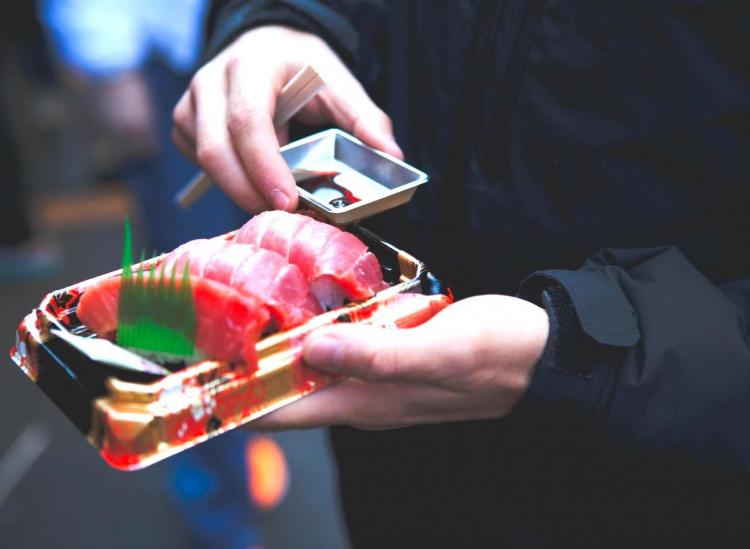
Unsplash
Let’s be real, most people who go to a sushi restaurant don’t give the menu a full read. We usually know what we want before we even step foot inside. The next time you’re about to order a spicy tuna roll, here’s a little help decoding the sushi lingo so you can break out from your usual routine. Once you know these Japanese terms you’ll feel confident expanding your horizons with ordering.
Maki
Whenever you see the word maki on a sushi menu, know that it often means ingredients wrapped in nori (roasted seaweed sheets) and seasoned rice. It’s also considered a beginner’s sushi because it’s pretty basic. Maki can also be wrapped in an omelet, soy paper, thin slices of cucumber or tofu. This style is also referred to as rolled sushi.
Nigiri
Nigiri is a little more advanced than maki and works for people who are more comfortable with raw fish. It usually consists of two ingredients: rice and fish. The whole idea of this style sushi is highlighting the fish itself. Nigiri looks like a perfect oval-shaped ball of rice with a sliver of raw fish on top of it. The rice also has to be shaped by the sushi chef’s hands. It’s an art that’s more difficult to perfect than you’d think. You’ll often see nigiri with salmon, yellowtail, tuna, shrimp or mackerel.
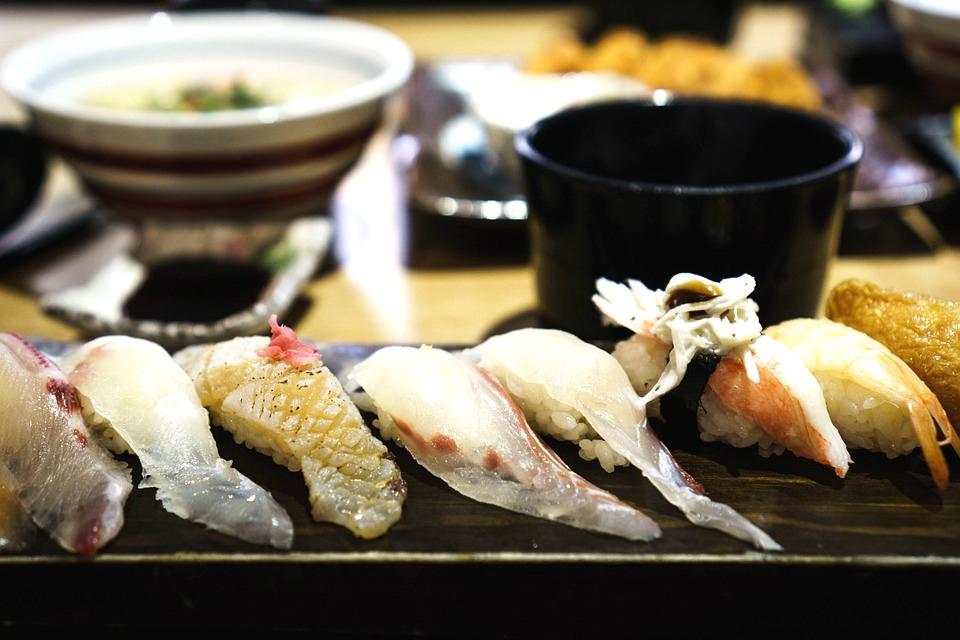
Flickr
Futomaki
You’ll see futomaki in the specialty-roll section of a sushi menu. They’re the oversized rolls you’ll see made with a bamboo mat. Futomaki is rolled into a thick long cylinder and the term translates to “fat rolled sushi.” The inside usually includes things like cooked spinach, cucumber, Japanese omelet (tamagoyaki) and kanpyo (cooked and seasoned dried daikon radish). The fillings are a reflection of each individual sushi chef, but a futomaki roll is always somewhat colorful.
Tane
The general word for toppings in Japanese cuisine is tane. There are five specific words to describe toppings for nigiri sushi. Tane translates to “materials” so basically whatever is used to top the rice is given this term, especially in Tokyo.
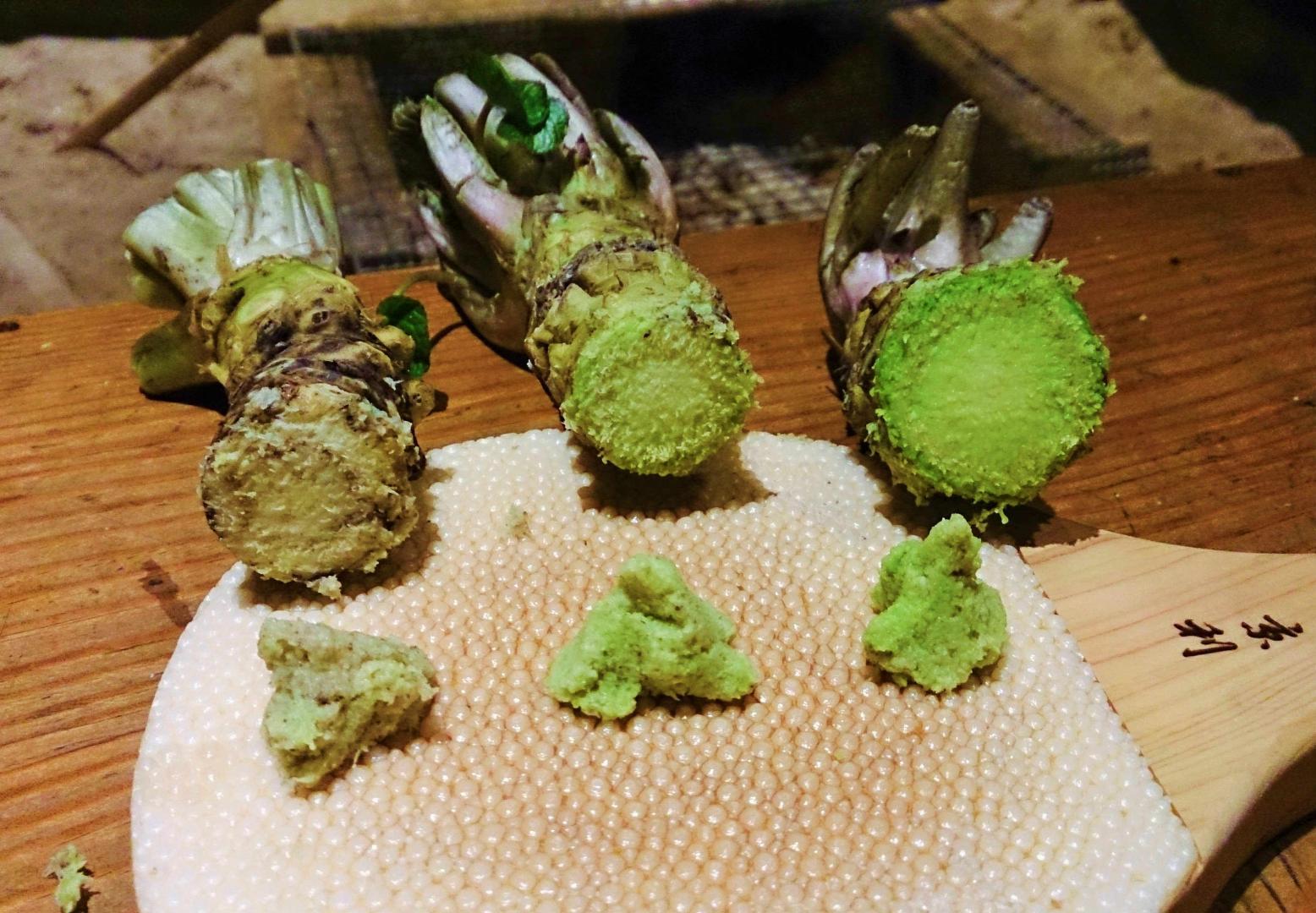
Wikimedia
Namida
Among sushi devotees, namida is another word for wasabi. Some hard core sushi eaters like to end their meal with a fresh wasabi roll called namida-maki. There’s nothing like finishing your meal with a good cry.
Yama
The word Yama translates to “mountain” and it’s used when a sushi bar runs out of certain ingredients. This could be a helpful term to use before ordering. You don’t want to get your hopes up about a certain fish on the menu when they’re all out.
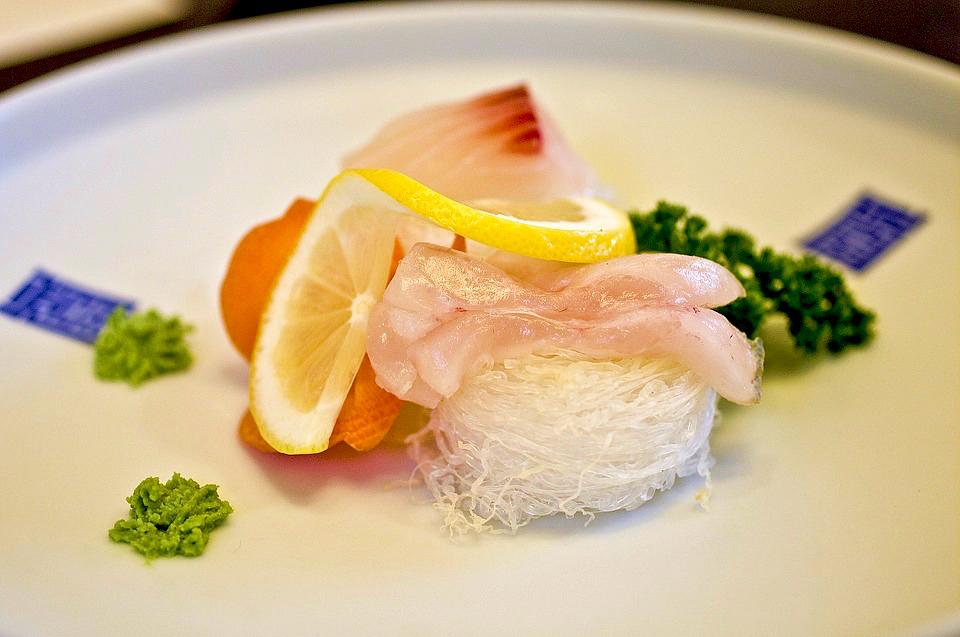
Flickr
Sashimi
Sashimi means there’s no rice involved. It’s just slices of raw seafood like salmon or tuna. Saltwater fish is commonly used for sashimi since it tends to have less of a chance of parasites than freshwater fish. For something to be considered pure sashimi, it has to be served on its own. Sometimes it’s served on a bed of shredded white radish along with wasabi, pickled ginger and soy sauce.
Chirashi
When you see chirashi, or chirashizushi, on the menu, expect sashimi pieces over a bed of vinegared rice. The dish comes from the concept of wanting to get rid of extra bits of fish scraps. The term itself means scattered sushi. The bowl of rice and raw fish is often served with vegetable garnishes. Chirashi is fast, filling and easy to make.
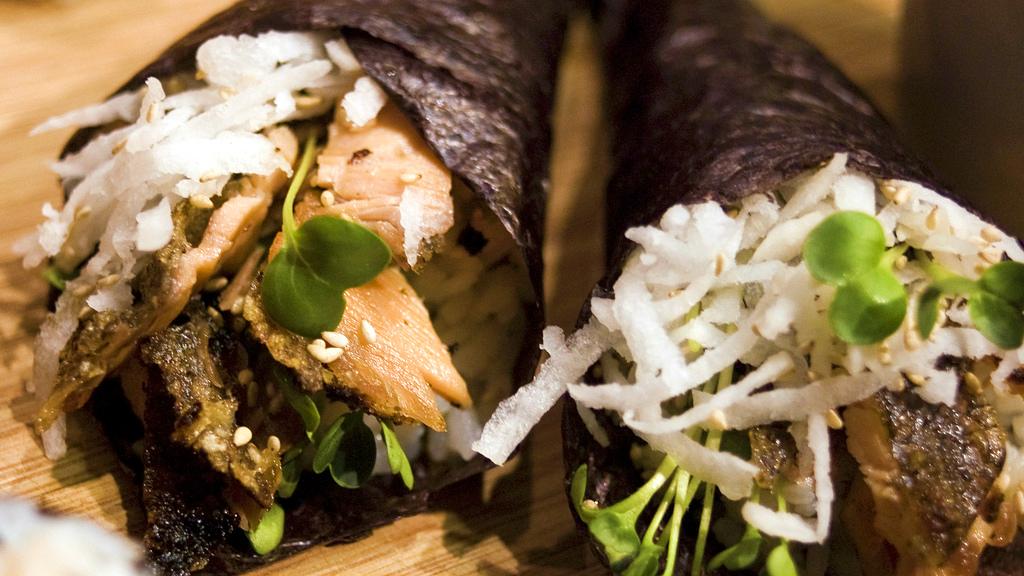
Flickr
Temaki
Also known as a hand roll, temaki is a cone-shaped piece of seaweed on the outside that’s filled with a variety of ingredients, usually including fish that hangs out of the wider end of the seaweed cone. It’s eaten with your fingers since the cone can be a little clumsy to eat with chopsticks. You’ll find all kinds of toppings and vegetables stuffed inside along with rice and fish. This is probably the easiest style of sushi to make at home.
Inari
Inarizushi-no-moto, or Inari, is a seasoned fried tofu bean pouch. It’s used in Japanese cuisine in all kinds of ways, but you’ll often see it referred to as Inari sushi. The fried tofu bean pouch is filled with vinegared sushi rice and topped with things like sesame seeds, avocado, fish roe and raw fish. Inari sushi has a spongy texture and the outside can be pretty sweet, which complements the sushi rice.
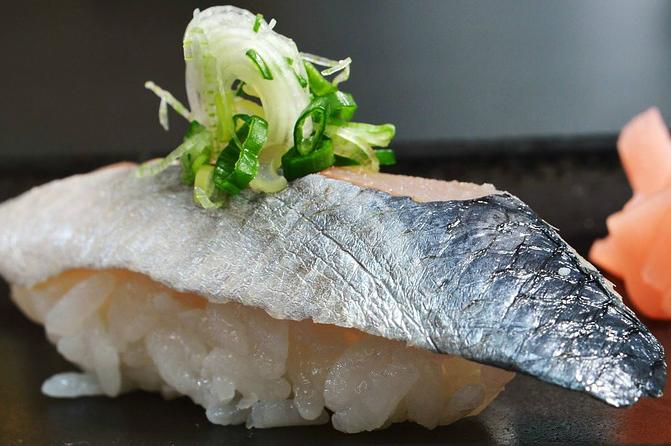
Flickr
Hikarimono
In Japanese, hikari means “shine” and “mono” means thing. This term is used for slices of fish belly that are served with the silvery skin still attached, like mackerel or shad. This kind of fish loses its freshness fairly quickly so it’s often preserved by salting.
Nori
Nori is probably the most common and easily understood term on a sushi menu. It’s the Japanese name for edible seaweed. Nori is dark green and it’s used to hold toppings in place or to wrap sushi rolls. The edible seaweed is also added to soups and seafood dishes for its salty flavor. Nori is high in protein, minerals, vitamins and fiber.
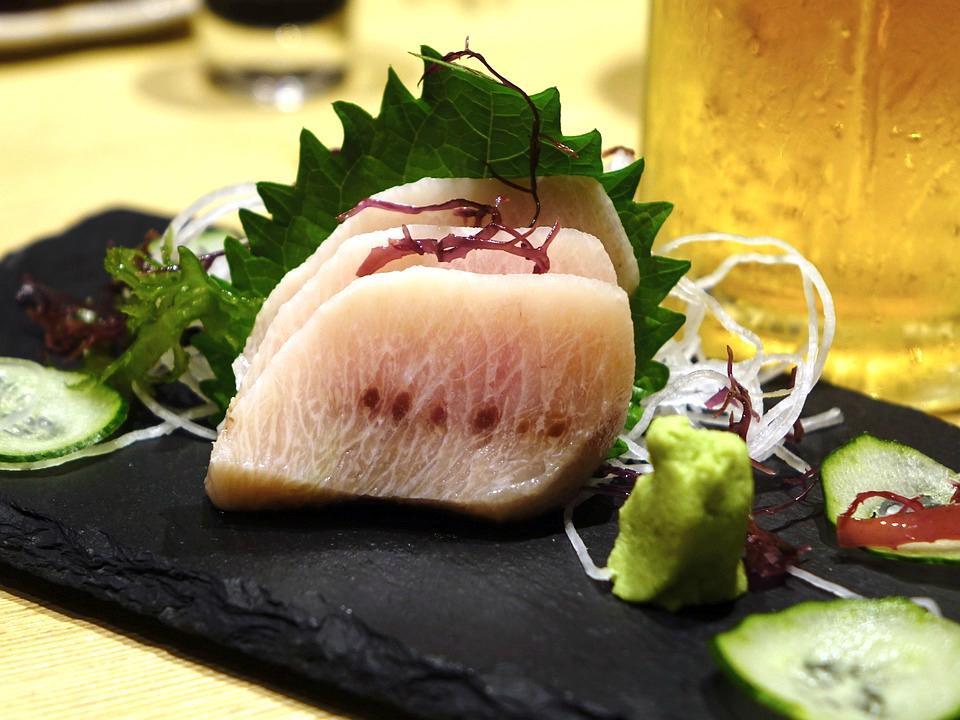
Pixabay
Shiso
The culinary herb used in Japanese cuisine, shisho, is a member of the mint family. It goes by the name Japanese basil or beefsteak and you might see it as a wrapper for sushi, as a garnish, fried in tempura batter or used in salads.
Gari
Sweet, thinly sliced young ginger that has been marinated in sugar and vinegar is called gari. Young ginger has a tender flesh and a natural sweetness, which makes it the best ginger for the job. Gari is served with sushi and it’s used to cleanse the palate in between dishes before or after a meal.











